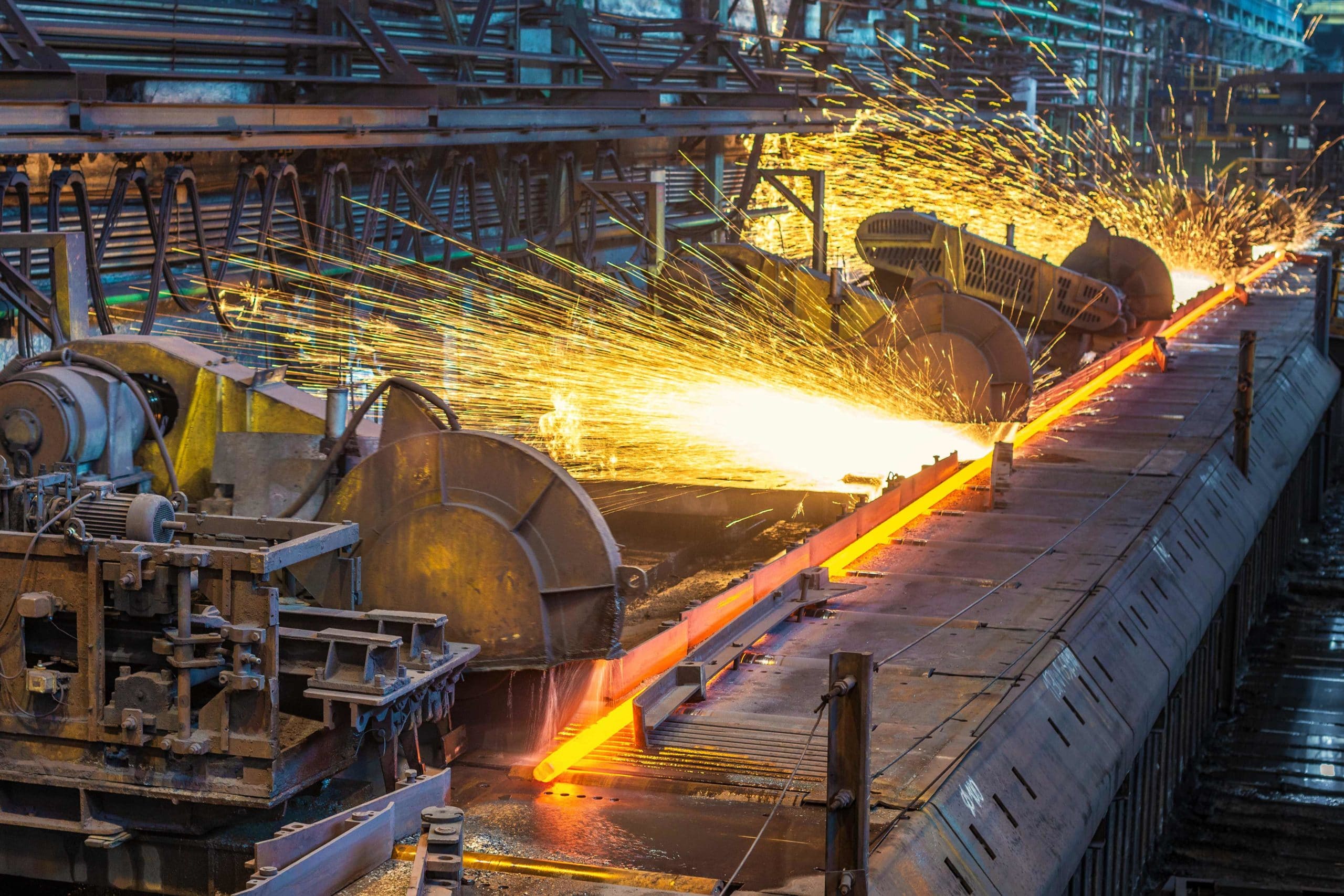Walmart Lays Off Hundreds — But There’s a Bigger Story Behind the Shakeup, In a move that’s sent ripples through the corporate world, Walmart Inc. — the world’s largest retailer — has begun laying off hundreds of corporate employees, primarily within its global technology division. But while headlines focus on the job cuts, the real story goes much deeper than layoffs.
According to sources familiar with the matter, fewer than 1,500 roles are being eliminated across Walmart’s corporate offices, including its global headquarters in Bentonville, Arkansas. At first glance, this may appear to be a typical cost-cutting measure — but it’s part of a larger strategic pivot that could shape the company’s future in significant ways.
Why Is Walmart Making These Cuts?
Walmart is not simply downsizing. In a memo to employees, Chief Technology Officer Suresh Kumar and Walmart U.S. CEO John Furner emphasized that the company is restructuring to reduce complexity and increase agility. In plain terms: Walmart wants to make decisions faster, innovate more quickly, and streamline internal operations.
The retail giant has been aggressively investing in digital transformation — from automation and AI to e-commerce and supply chain tech. These cuts are part of a broader organizational reset to reallocate resources toward those high-impact areas. In fact, while some roles are being eliminated, new positions are also being created, particularly in areas critical to Walmart’s long-term strategy.
The Bigger Picture: Transformation, Not Just Reduction
What’s getting less attention is how Walmart is shifting — not just what it’s cutting. The layoffs are part of a conscious effort to flatten layers of management, break down silos, and ensure teams can collaborate and act more decisively.
This approach mirrors trends across the tech and retail industries, where companies are recognizing that bloated hierarchies and outdated systems are slowing innovation. Walmart, with its vast scale and global footprint, is under pressure to stay lean and digitally competitive — especially as rivals like Amazon continue pushing the boundaries of retail technology.
Employee Impact and Corporate Tone
Despite the scale of Walmart’s workforce — over 2 million globally — layoffs are never a small matter. The company says affected employees will receive support during the transition, including severance packages and assistance in applying for other roles within Walmart.
Yet for many employees, the change is sudden. While the memo from executives frames the move as a step toward progress, the restructuring is also a reminder of how rapidly the landscape of modern work is shifting — especially at the intersection of retail and tech.
What This Means for Walmart’s Future
This is more than a belt-tightening exercise. Walmart is repositioning itself as a faster, smarter, and more digitally empowered organization. With consumer expectations evolving and technology disrupting traditional models of retail, this shakeup could be what Walmart needs to maintain its lead — and potentially widen the gap.
Whether this strategy pays off will depend on execution. Cutting roles is one thing; creating a more innovative, agile, and empowered workforce is another. But one thing is clear: Walmart isn’t just reacting to the economy — it’s preparing for a very different future.




